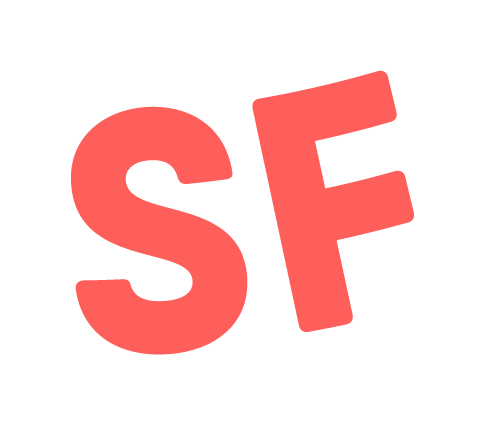
If you struggle to make your money last until payday, you certainly aren't alone. Millions of us have the same money worries as we head towards the end of the month: that there isn't enough in the bank account to cover the bills we need to pay.
There are many different budgeting tools and a host of smartphone apps that you could use to help.
But one rudimentary, though potentially more effective, technique comes from the tactic of “envelope budgeting”. So what is envelope budgeting and how does it work?
The key: spending in cash
The first step is to work out how much money you have left after paying the essential bills: mortgage or rent, utilities, gas, and groceries.
Once you have an idea of how much disposable cash you have, then you can work out a few categories for your spending - things like money for socializing, for clothing, or to cover any takeout orders or dining out.
Next, try to determine how much you are going to budget for spending in each category and write out an envelope for each. After your next payday, put the allotted amount for that category into its own envelope.
The idea is that you then only spend in cash, using the money in those designated envelopes. Once the money is gone, it's gone - you can't overspend if you don't have that money at your disposal.
Benefits to the envelope method
- Physical, tangible way of handling your budgeting: Rather than worrying about fairly abstract numbers on your statement, you can see precisely how much money you have for each area and can't really hide from the fact that when it's gone, it's gone.
- Spending cash also cuts out the risk of overdrafting your account or missing repayments on your credit cards.
Considerations with going cash-only
- You have to plan carefully to ensure you have the cash with you to cover expenses you might run into. You might have budgeted for a meal out, and have the money to do it, but it’s harder to decide to go out for that meal on the spur of the moment if you don’t have the envelope for “dining out” physically with you.
- Online shopping and cash don't mix. But if you’re the sort of person who wants to cut back on their online spending, then this budgeting method could be for you.
- Using a credit card responsibly improves your chances of being offered the best deals on finance, loans, and mortgages when the time comes. You miss out on that opportunity by solely relying on your envelopes of cash.
Take the envelope approach... but in app form
The envelope budget is great for getting into the right mindset and developing good habits but it has its restrictions.
A more practical approach might be trying apps which take the same mentality of the envelope budgeting method, by separating your money based on how you plan to spend it.
- Mint is an all-around great budgeting app for those looking to track their spending. The app lets you see your finances all in one place. Credit cards, loans, bank accounts, even retirement savings are all gathered into one dashboard so you can get a holistic view of your finances. As you use the tool more, it tags your different expenditures by category so you can easily see how much you’re spending on restaurants, clothes, coffee shops, etc. throughout the month.
- If you're looking to learn lifelong personal finance lessons, along with a system that lets you budget and save, consider You Need A Budget, or YNAB. This personal finance site allows users to track financial goals, pay down debt, and sync your bank information.
- An envelope-like budgeting app, Digit aims to to get you out of debt or save for a big expense by automating your savings -- saving the right amount of money each day based on your spending habits and when you normally get paid. You can save up for different goals each month without even thinking about it or manually doing anything.






